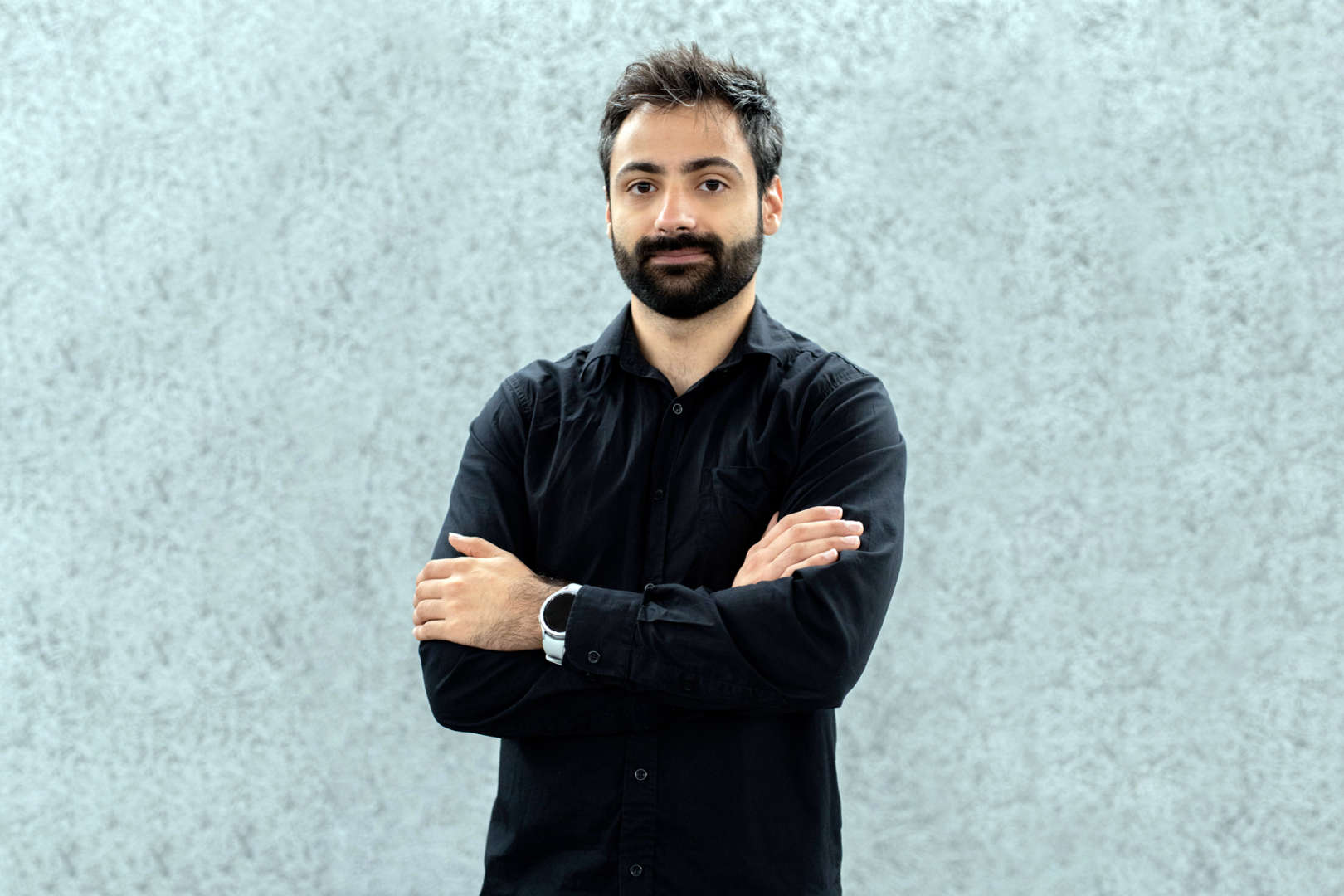About
Guilherme Gonçalves is an Assistant Researcher at UTAD and an Integrated Researcher at INESC TEC. He holds a PhD in Computer Science from the University of Trás-os-Montes and Alto Douro, specializing in Virtual Reality and Multisensory Immersive Environments. His research focuses on human perception of realism in virtual reality environments and he has experience in developing 3D environments. He has participated in several virtual reality projects, as well as overseeing and developing various immersive scenarios and multisensory virtual reality applications.


